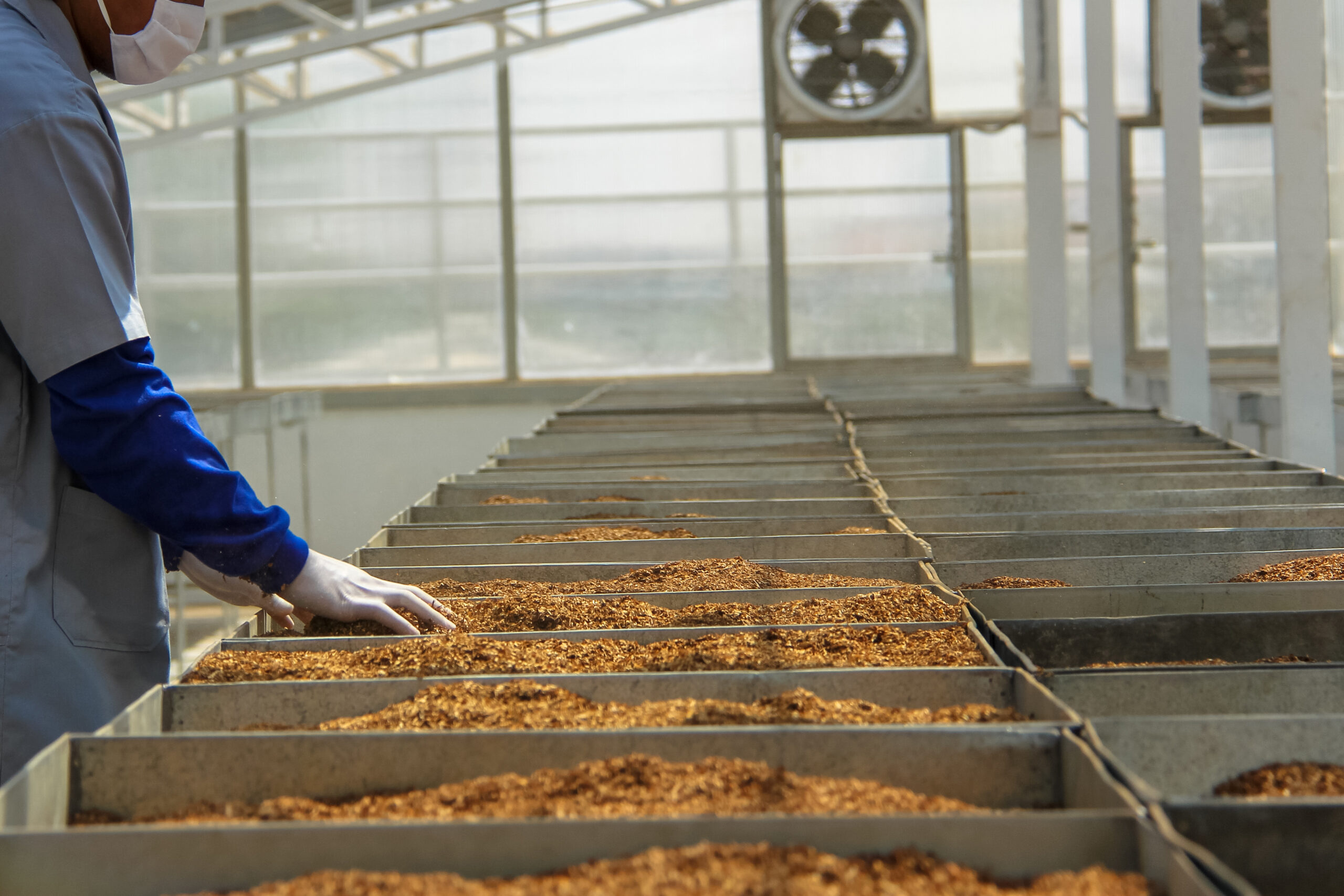The tobacco industry has always been one of the most competitive manufacturing sectors, where quality, efficiency, and consistency play a critical role in business success. With the growing demand for cigarettes worldwide and the increasing pressure to reduce production costs, manufacturers are turning to modern tobacco machinery to stay ahead. These advanced machines, designed with the latest technology, are transforming the way cigarettes are produced, ensuring higher efficiency, better product quality, and greater sustainability. Below, we explore the top five benefits of using modern tobacco machinery in cigarette production.
1. Increased Production Efficiency
One of the most significant advantages of modern tobacco machinery is its ability to dramatically increase production speed. Older, semi-automated systems required constant human intervention, which slowed down the manufacturing process and left room for errors. In contrast, modern machines are capable of producing thousands of cigarettes per minute with minimal supervision. High-speed automation reduces downtime, shortens production cycles, and helps manufacturers meet global demand without compromising quality.
2. Consistent Product Quality
In cigarette production, consistency is key. Consumers expect every cigarette to be uniform in size, taste, and filter placement. Modern tobacco machinery is equipped with advanced sensors and precision engineering tools that ensure every cigarette meets strict quality standards. Automated systems continuously monitor cigarette length, diameter, paper wrapping, and filter attachment, reducing defects and guaranteeing product reliability. This level of consistency not only builds brand trust but also minimizes waste caused by rejected products.
3. Cost Savings and Reduced Waste
Efficiency in manufacturing is not just about speed—it also involves reducing material loss and operational expenses. Modern tobacco machines are designed to optimize the use of raw materials like tobacco, paper, and filters. With precision cutting and feeding mechanisms, these machines minimize wastage and make better use of resources. Additionally, lower maintenance requirements and automated monitoring reduce labor costs, helping manufacturers achieve better profit margins without sacrificing quality.
4. Enhanced Flexibility and Customization
Consumer preferences are constantly evolving, with growing demand for different cigarette sizes, filter types, and paper varieties. Modern tobacco machinery is built to handle this diversity with ease. Manufacturers can quickly adjust settings to produce different cigarette formats, such as king-size, slim, or flavored filter types. This flexibility allows companies to respond faster to market trends and offer a wider range of products, giving them a competitive edge in a highly dynamic industry.
5. Sustainability and Energy Efficiency
Sustainability has become a global priority across all industries, and the tobacco sector is no exception. Modern tobacco machinery incorporates eco-friendly designs, using energy-efficient motors and systems that reduce carbon emissions. Many machines are also capable of recycling production waste and minimizing environmental impact. For manufacturers, this not only helps meet international environmental standards but also improves brand image among socially responsible consumers.
Conclusion
The adoption of modern tobacco machine is no longer just an option it has become a necessity for manufacturers aiming to stay competitive in today’s fast-paced tobacco market. With benefits such as higher efficiency, consistent quality, cost savings, customization, and sustainability, these machines are revolutionizing cigarette production. By investing in advanced technology, manufacturers can ensure long-term profitability, meet consumer demands, and contribute to a more efficient and environmentally conscious industry.




